Funchal is the vibrant capital of Madeira, a sub-tropical island in the Atlantic Ocean around 960 kilometers southwest of Lisbon. Framed by a dramatic backdrop of towering cloud-tipped mountains on the island’s south coast, the city unfolds over a series of steep hills and flattened terraces, a landscape that helps define the character of this extraordinary destination. Funchal has much to offer the visitor. Its wealth of historic monuments range from cherished convents and sturdy sea forts to venerable museums and a cathedral that dates back to the early days of the island’s colonization.
The name Funchal means Fennel. It is said to be named in this way because of the amount of fennel plants that Zarco, discoverer of the island, found when he arrived in 1420. Zarco himself chose this place to establish the capital of the isle because of the excellent natural port formed by the bay. Nowadays, all type of boats dock in the port, from freighters to luxury cruise ships. At whatever time of year, its mild climate makes Funchal the ideal destination for a short break. There are many places to visit in this 500-year old city, several of which are unmissable…
The best way to visit the Funchal’s historic city centre is to do it by foot. The tour begins at the Gothic Cathedral, built in the 16th century. Upon entering, look up to admire the precious alfarge ceiling (an Iberian decorative multiform style) in cedar wood carved in the Mudejar style. Visit also the Collegiate Church, whose sober facade hides an interior rich in 17th century gilt woodwork, altar pieces and tile panels.
On the opposite side of the Largo do Município, in the former Bishop’s Palace, is the Museum of Sacred Art, the core of whose collection is Flemish art of the 15th and 16th centuries, evidence of the trade contacts with Flanders, to which sugar cane grown on the island was sold. Tasting this and other local flavours at the Farmers’ Market provides plenty to occupy the senses: from exotic fruits to traditional delights such as bolo de mel (honey cake), you mustn’t forget also the craft shops, the flower sellers wearing traditional costumes and the lively fishmongers’ stalls.
Go on to the old town, to the São Tiago Fort, which houses the Museum of Contemporary Art. Find out the most appreciated products in the region in the Embroidery and Wine Museums. Here you can learn all about the beautiful pieces of delicate lace, and the fortified wine that gained fame in the 17th and 18th centuries, when it was highly appreciated in the European courts. Discover what to do and what to see and the best places to visit in Funchal, Madeira!
1. Farmer’s Market
One of the most memorable things to do in Funchal is to spend a morning at the colorful and animated farmers market. Located east of the Se, this is the island’s largest market where stallholders sell huge bunches of flowers and a vast array of fresh fruit and vegetables in a handsome Art Deco hall.
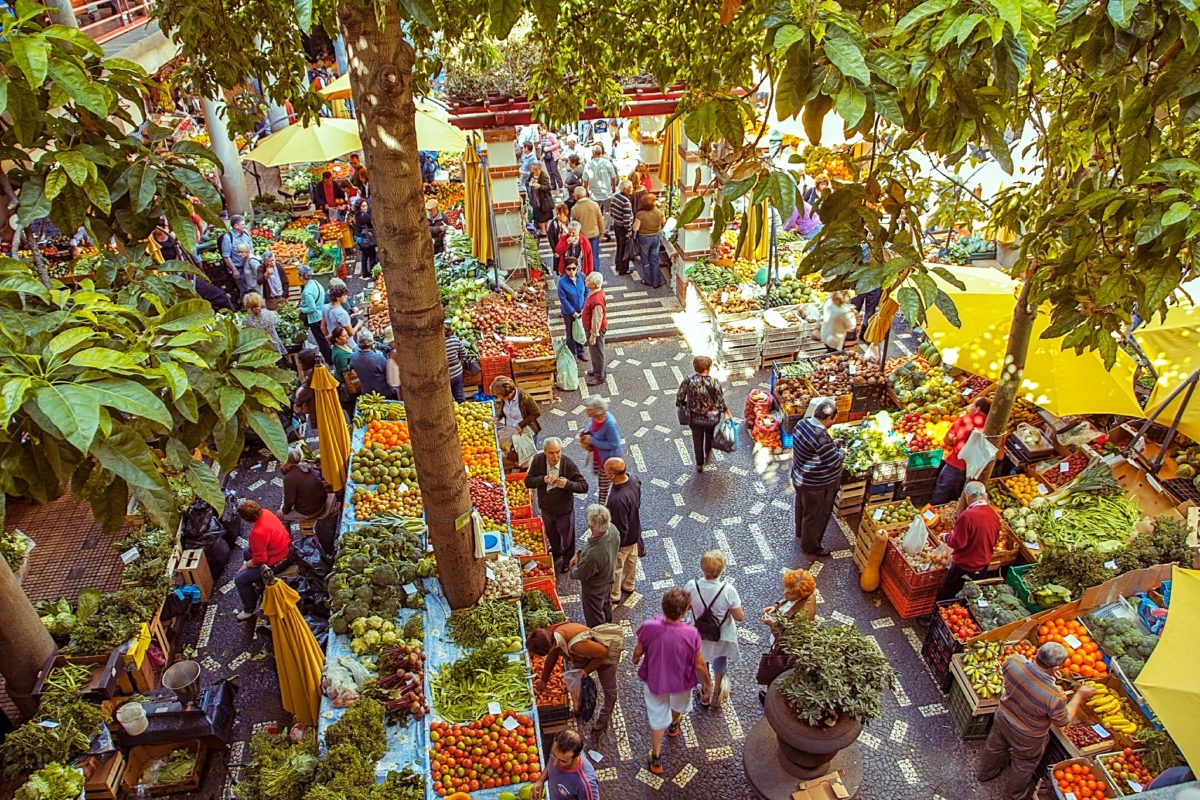
An assortment of fish and seafood landed the same day lures shoppers to the basement – tuna and espada (scabbardfish) are favorite purchases. The first-floor is a warren of independent retail outlets specializing in local handicraft, wicker, and leatherwork. The market is at its busiest on Friday and Saturday mornings when farmers bring in their produce from surrounding villages.
2. Madeira Wine Museum
After leaving the hubbub of the main street of Funchal, you could go into the quiet courtyards of Adegas de São Francisco and your conception of time will change. Here you can find bottled wines from 1860, slowly getting older in the top floor, guarded in Brazilian satinwood or American oak barrels. This old wooden building, with its balconies full of wisteria, was once the Saint Francis Convent, and it was turned into a winery only in 1834. At that time, Madeiran wines were sailed to the Ecuador with the belief that the sea movement improved the wine.
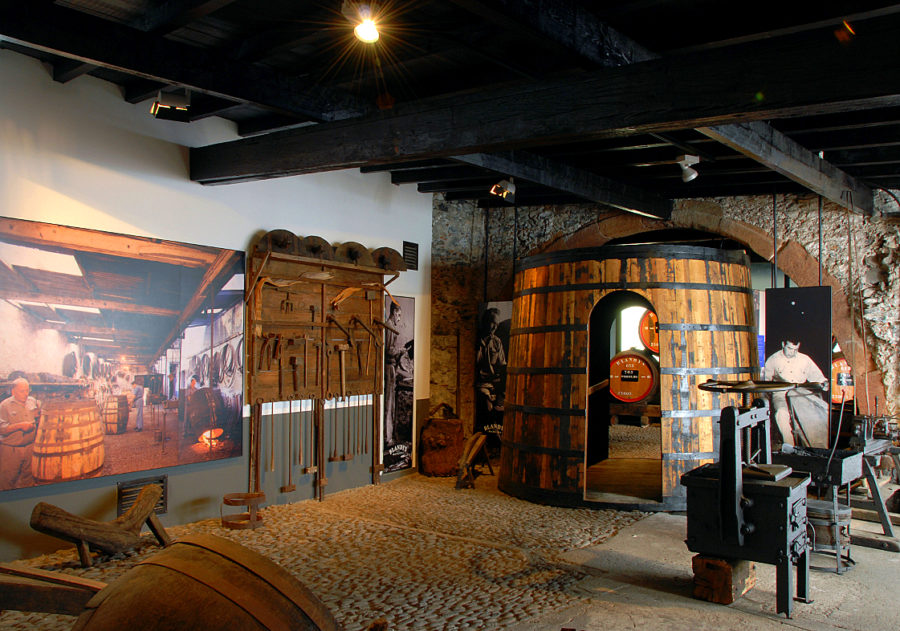
The production process suffered a huge transformation when, by chance, it was discovered that the unique Madeiran wine was not caused by the movement, but by the heat.Nowadays, the wine is “boiled” in big jars with the sun’s heat, helped by hot water pipes. All this can be seen while you have a walk through the courtyards, where you can see the old wooden presses and books about the art of mixing the wines, just as the rooms heated with the delicious smell of old wood and wine, which are the prelude of the amusement of the testing room, when the visit is done. This room is decorated with murals from 1922 painted by Max Romer.
3. Botanic Garden
Jardim Botânico da Madeira (Madeira’s Botanic Garden) is located in some terraces which dominate the João Gomes Riverbank, in the city of Funchal. This garden was created in the old Quinta do Bom Sucesso Enclosure and, currently, it has odd examples of Madeiran and worldwide flora. On its inside, an elegant white house is set up with green shutters hosting a little museum. This museum features botanical, geological and zoological exhibitions, on old wooden furniture with volcanic wood.
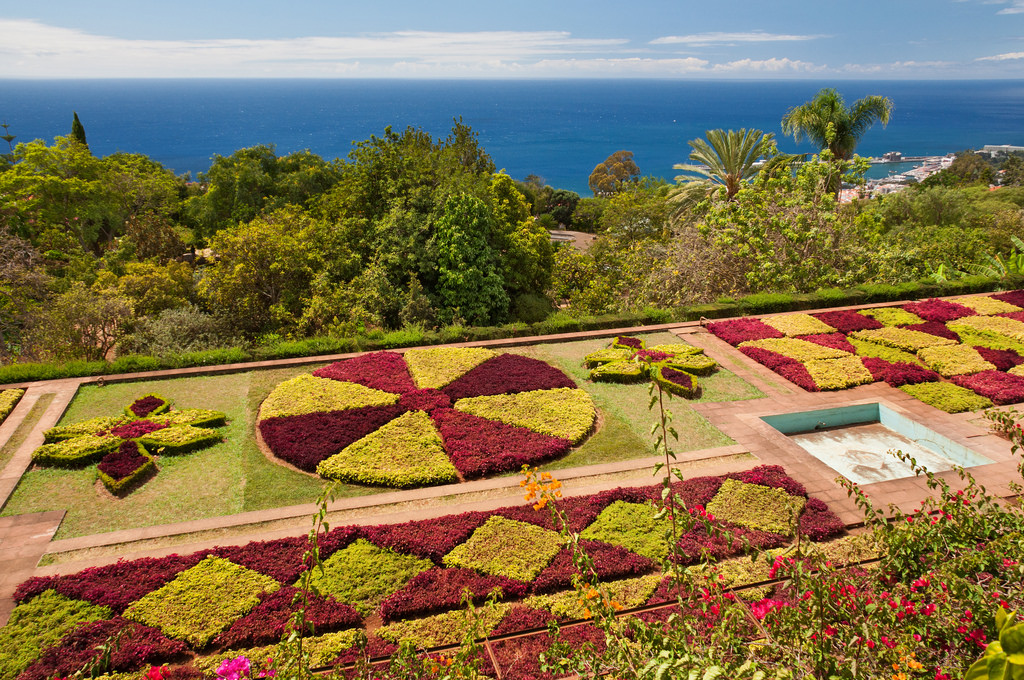
On the highest part of the garden you will find an overlook from where you will have wonderful views of Funchal’s port. The botanic garden is connected to the town of Babosas (Monte) by a cable car which is a highly attractive tour, lasting around 9 minutes. The main station is found inside the botanic garden itself, and the other is located in Monte, besides the Lado das Babosas Lake. This cable car offers a panoramic tour with privileged views of the Funchal Bay and the Valle de Ribeira de João Gomes Valley, among others.
4. Old Town
The historical centre of Funchal is an ideal place if you want to enjoy a good environment, food at a reasonable price and the sound of the authentic Portuguese fado singing. This place, which used to be a city itself, is now an area of picturesque streets, with handcraft shops set up in one-room houses, where families used to live. Its pier has been modified to create the station of the Funiculars of Madeira. In the Eastern End of the old area you can admire the São Tiago Fortress and, under its walls, the Praia da Barreirinha Beach, a little pebble beach where the locals go to have a bath and to eat grilled sardines in the street stands.
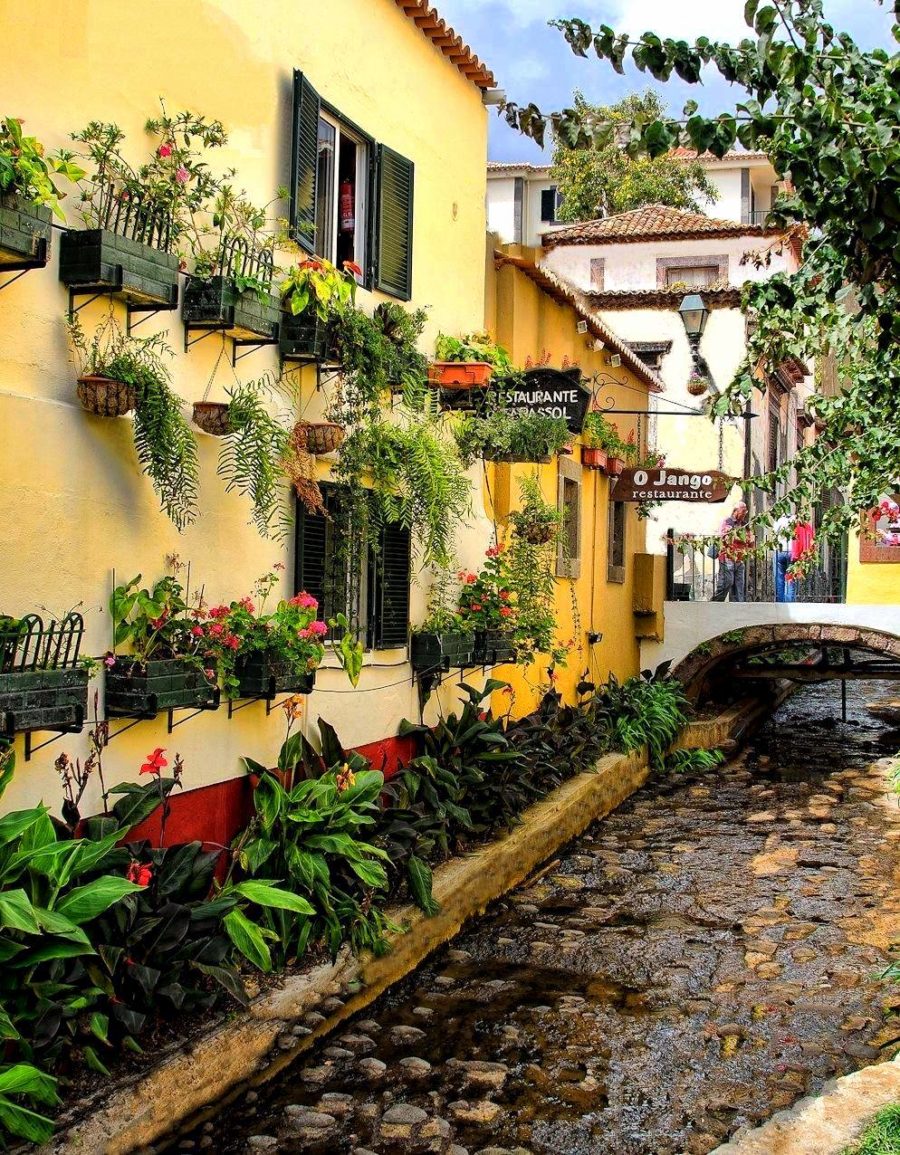
This beach is still popular despite the construction of the aquatic centre which is right behind the fortress. In front of it, the Igreja do Socorro Church is raised, also known as the Igreja de Santa Maria Maior Church, rebuilt in several occasions since 16th century. In the heart of the old town is located the Capilla do Corpo Santo Chapel (16th century), which nowadays still remains as a simple fishermen chapel. Around it you will find many cafés and restaurants with terraces with a lively night life.
5. São Tiago Fortress
The São Tiago Fortress was built in 1614 by the command of Madeira’s governor as an answer to the continuous attacks by English, French, Algerian and Turkish pirates, who were attracted to the prosperity of the sugar trade in Funchal. Once you are in the fortress, you can have a walk through its labyrinthine passages, staircases and tower, from where you will have stunning views of Funchal.
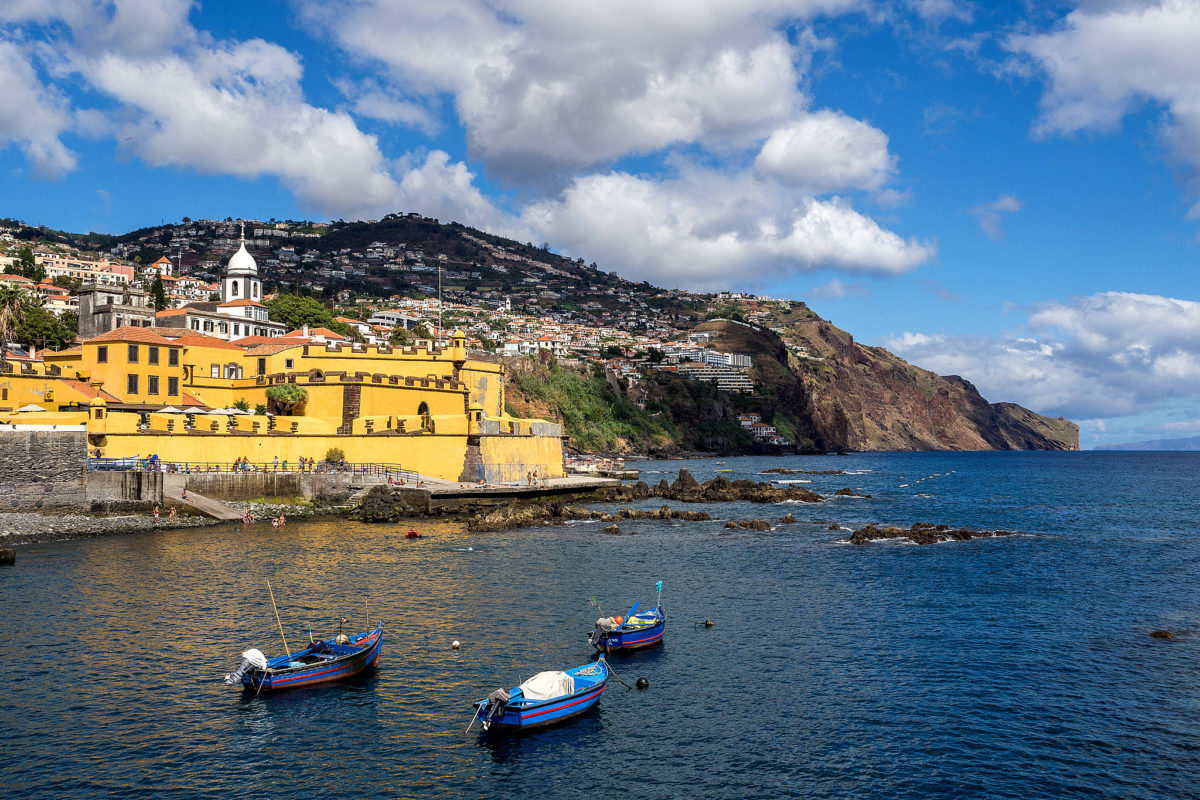
This fortress has been restored to currently host the Contemporary Art Museum, which makes rotating and thematic exhibitions showing some of the contemporary art of the region.
6. Santa Clara Convent
The walls of the Santa Clara Convent separate the world from one of the oldest religious orders in Madeira. This convent was founded in 1496 by João Gonçalves de Câmara, Zarco’s (discoverer of the island) grandchild. Dona Isabella, granddaughter of Zarco, was its first Abbess. This way she established an aristocratic tradition which ensured the wealth of the convent. After her, many wealthy families’ daughters were forced to take the vows when they were of age, because it was supposed to give spiritual benefits for them as well as their fathers.
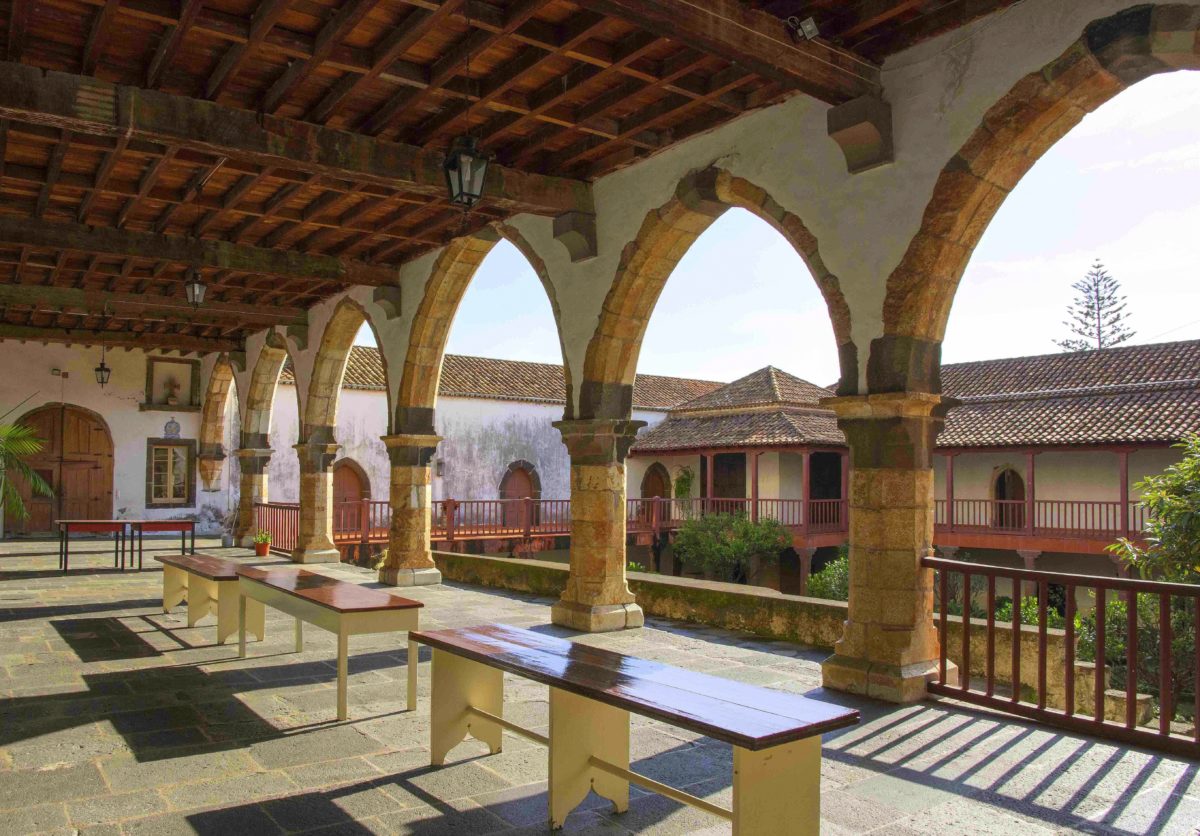
This convent was turned into a real touristic attraction during 19th century, when the visitors came here to buy flowers made of feathers and sweets. Nowadays, the nuns run a kindergarten. It is possible to make guided tours to see the chapels of the clusters of 15th century. The chapels exhibit a numerous spectacular paintings, sculptures and tiles. The attached convent was rebuilt in the 17th century over the foundation of a 15th century chapel, where the remains of the first three governors of Madeira are buried. Its vaulted tower is ornamented with tiles and even older tiles can be seen on its walls, although they are a little faded. The roof is paneled with the traditional Madeiran coffered ceiling, painted with floral motives and a galeon.
7. Monte Palace Tropical Garden
The Quinta Monte Palace, owned by the Joe Berardo Foundation, is located in the city of Monte, in Madeira. This house hosts the Tropical Garden Monte Palace, where you will find exotic lush vegetation with plants from all over the world. Among its outstanding species, the highlighted ones are the azalea, the heathers, and different trees, in addition to a great variety of ferns. The garden has a wide collection of cicas (encephalartos) which are considered living fossils.
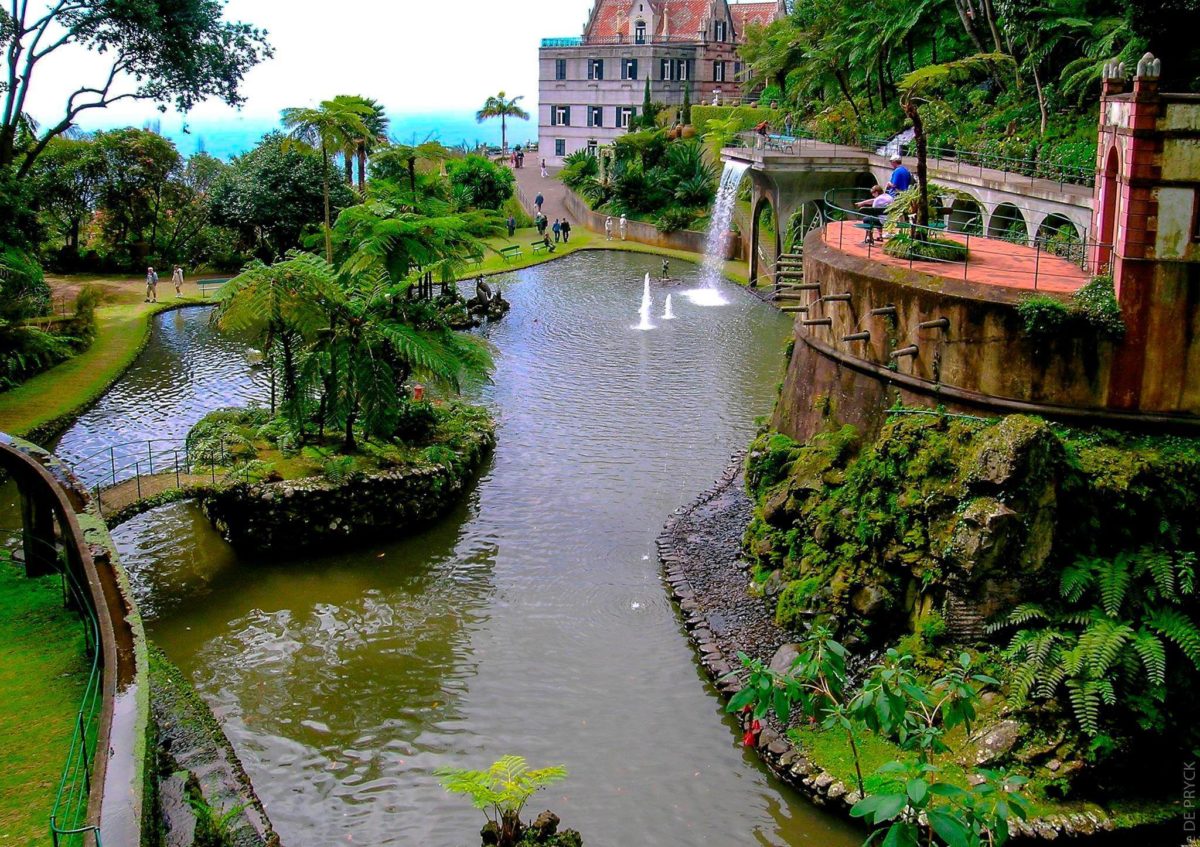
The garden also counts with an area dedicated to the Madeiran flora, where you can admire most of the varieties of Laurisilva de Macaronesia, in addition to other endangered species, as the Pittosporum Coriaceum, popularly known as the “azarero” of Madeira. Inside of the garden stands the Monte Palace Museum, which hosts two permanent collections, one of minerals coming from Brazil, Peru, North America and Portugal; and another one of sculptures from Zimbabwe. Its sculptural pieces date from the 50s and 60s and include art pieces made by artists from Tengenenge such as Henry Munyaradzi and Bernard Matemera.
8. Funchal Cathedral
The Sé or Cathedral of Funchal was founded in 1485 by the command of D. Manuel I, who felt proud of the acquisition of his new insular province. He then decided to appoint Pedro Enes, one of the most important architects in Lisbon, in charge of its construction. The construction finished in 1514, giving rise to a dismal building, only lightened by a few architectonic details of Manueline and Gothic style. On the outside, the most ornamented part is not found on the facade, but on the easternmost end of the church, were the roof is decorated with miniature minaret capitals. The tower of the church has the same style, and it is covered in tiles to be protected from the rain and the wind.
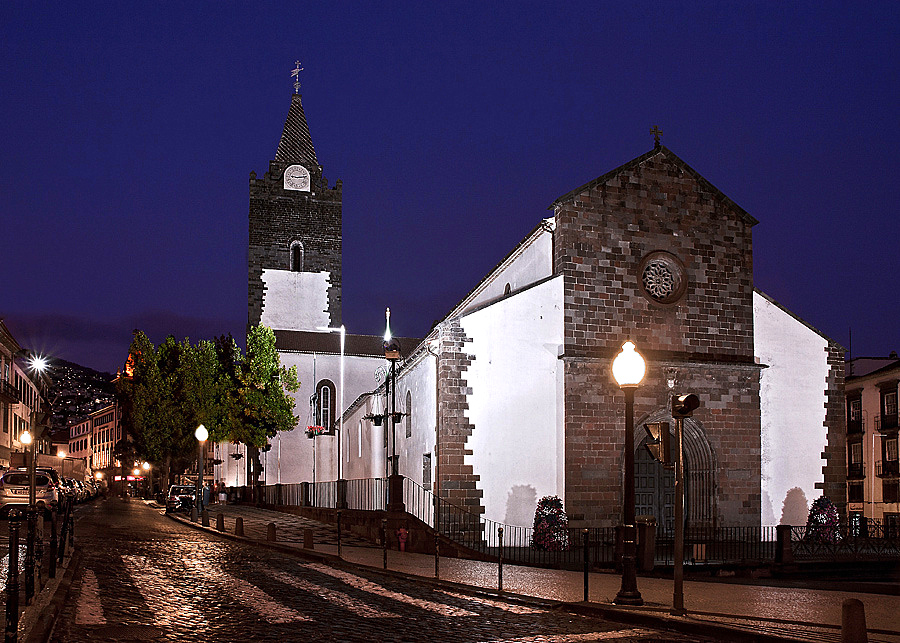
The main porch is very simple and it is decorated with the coat of arms of D. Manuel I, which is influenced by the Knights Templars, because the king was their Grand Master. The inside of the cathedral is much richer. The high roof is covered in a wooden coffered ceiling decorated with ivory geometrical figures. If you observe carefully, you can distinguish rare animals and exotic plants figures. The chorus is carved with the figures of the Apostles, almost in real size, painted in gold with a blue bottom and well-dressed with rich robes which will give you an idea of the type of clothes the wealthy people used in 16th century. The chorus sides have amusing carved scenes.
9. Arte Sacra Museum
The Museu de Arte Sacra do Funchal (Arte Sacra Museum of Funchal) is located in the old archbishop’s palace, built in 1600. Its beautiful stone paved courtyard and the large entrance staircase were built during the remodelings of 1748 and 1757. On the first floor you will find an exhibition of religious costumes, silver objects and religious figures, collected in the churches of Madeira. Some of these objects date from the first years of colonisation of the island. It is the case of a processional cross, donated to the Sé (Cathedral) of Funchal by the king Manuel I, who reigned between 1490 until 1520.
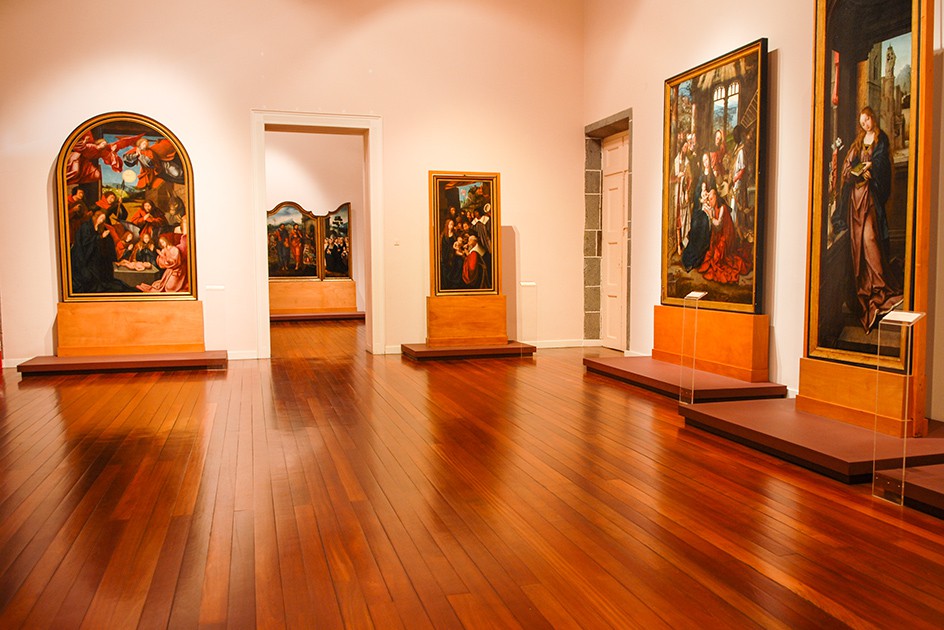
However, the most valuable objects in this museum are exhibited in the top roof. Once there, you can enjoy the simplicity of some beautiful wooden painted figures which represent the Virgin and the Holy Child, in addition to great Flemish painting of the 15th and 16th centuries. Some of the exhibit painting collections include portraits of the donors, mostly traders who made a fortune with the sugar trade. Among them stands out the portrait of an Italian trader named Simon Acciaiuoli, who is kneeling besides his Scottish wife, Mary Drummond, in a representation of the Descent of the Cross. In another portrait, you can see Simon Gonçalves da Câmara, Zaro’s grandchild, who discovered of the island of Madeira.
10. Cristiano Ronaldo Museum
A must-see for any football fan and a positive pilgrimage for admirers of Portuguese footballer Cristiano Ronaldo, the CR7 Museum is one of the most popular visitor attractions in Funchal. Named after his initials and national team shirt number, the museum is essentially a swanky depository for the numerous cups, winner’s medals, man-of-the-match and player-of-the-year awards, and golden boot trophies the Madeira-born footballing superstar has collected throughout his glittering career.
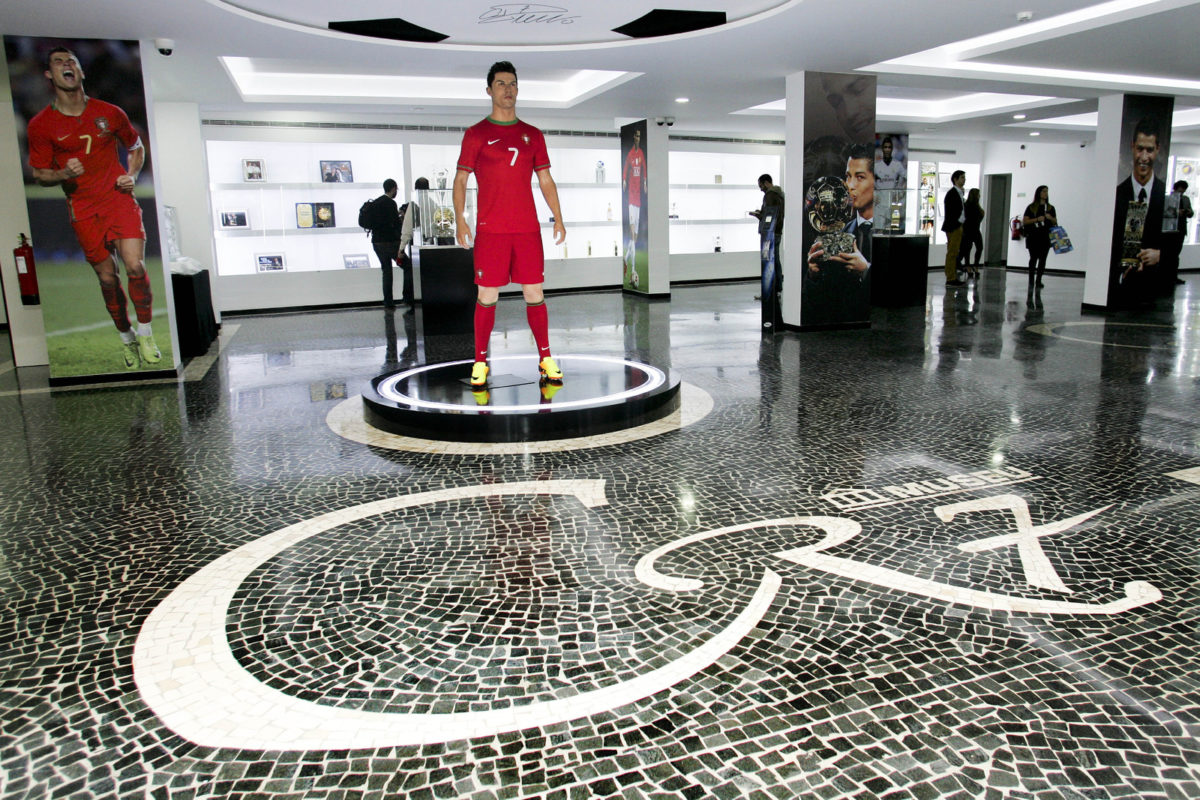
Fan letters from around the world also form part of the exhibition, as well as a display of shirts and other sporting paraphernalia connected to the man many regard as the world’s greatest footballer.
11. São João do Pico Fortress
The São João Baptista Fortress, also known as São João do Pico Fortress, is located almost 111 over the sea level, in the city of Funchal, Madeira. This construction was finished in the 17th century to be used as the gunpowder warehouse of the city. Around the middle of 20th century, it became the Navy’s property and the Navy Communication Centre was set up there.
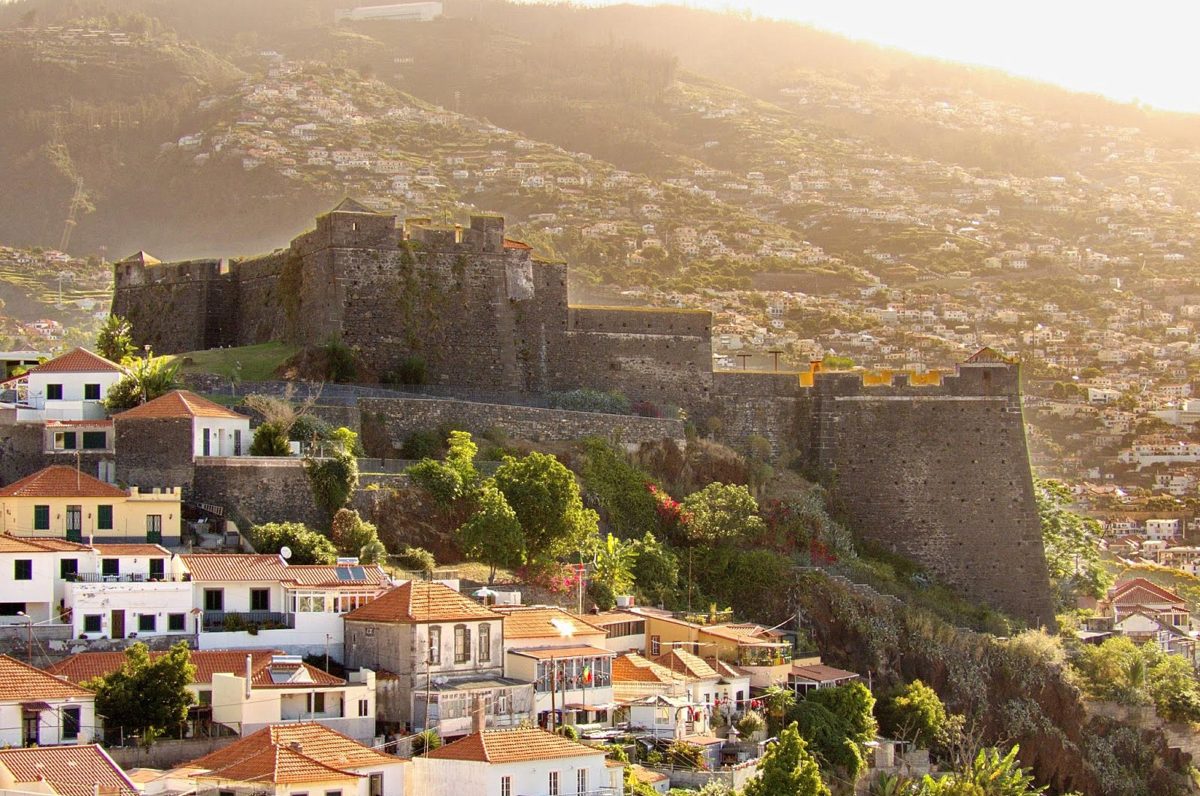
Due to the huge number of aerials on its roof, the people started to nickname it Fortaleza do Pico-Radio (Fortress of the Radio). Nowadays, it is worth making the effort to visit it and walking along its walls, from where you will enjoy wonderful views of Funchal and the woods surrounding the city. Inside, it has a little showroom where there is a collection of engravings illustrating the history of the castle.
12. Natural History Museum
The Museu de História do Funchal (Funchal Natural History Museum), previously known as Municipal Museum of Funchal, is set up in the Palacio de São Pedro Palace, an urban palace of baroque architecture dating back to the 17th century, where the Carvalhal Counts lived during the 19th century. Currently, the palace has a valuable exposition of the flora, fauna and geology of the Archipelago of Madeira, with more than 41,000 animal species.
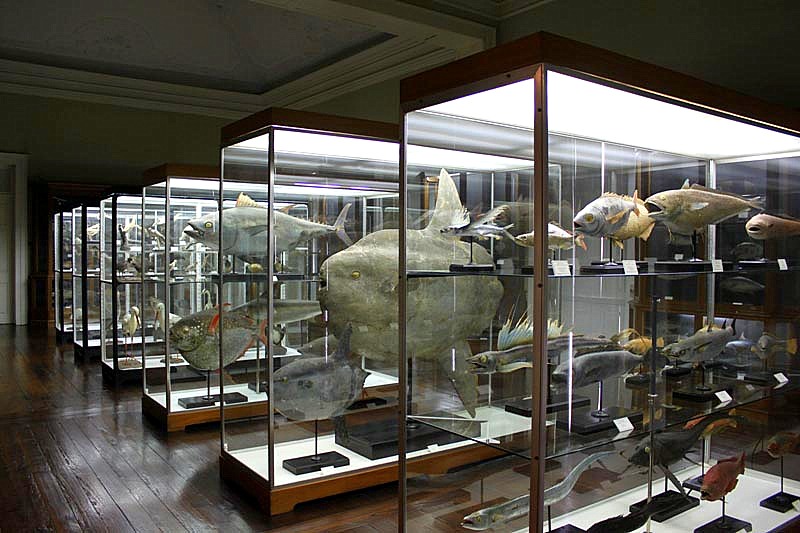
This museum is the oldest open one in the Archipelago of Madeira, since it was opened in 1933. On its lower floor there is an aquarium, with fifteen exhibition tanks, in which you will find representations of the most important elements of the maritime fauna of the Madeiran ecosystem. Outside the building there is a garden of aromatic and medicinal plants. It takes up a total of 560 m2, where you will also find indigenous plants of the archipelago.
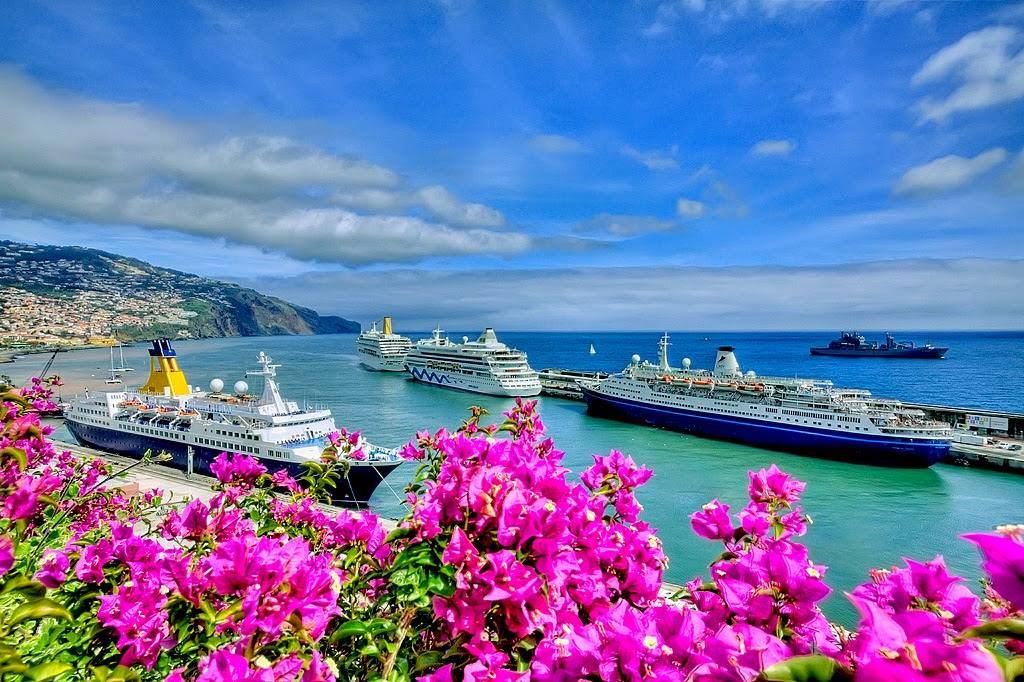
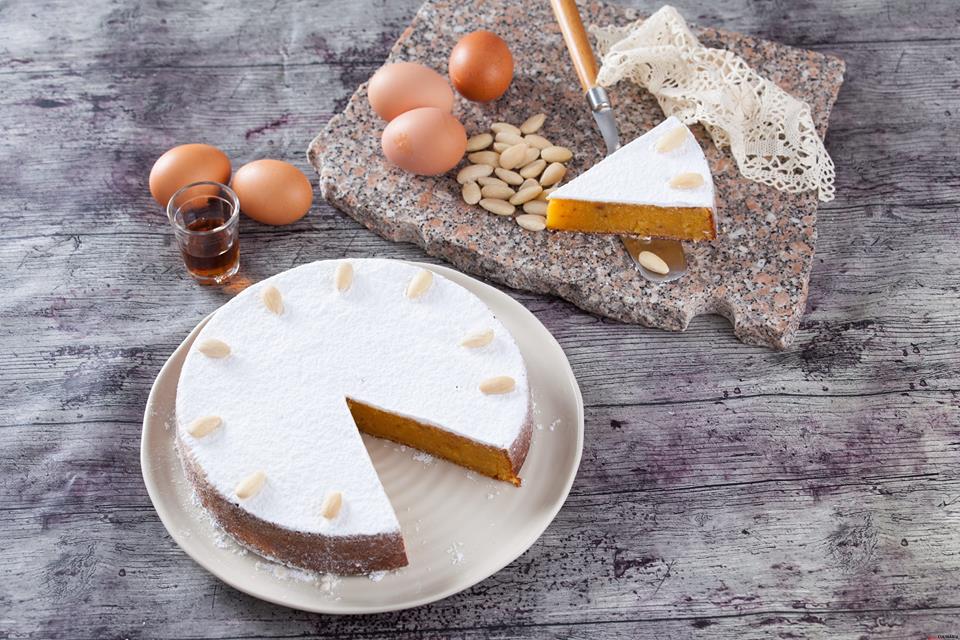
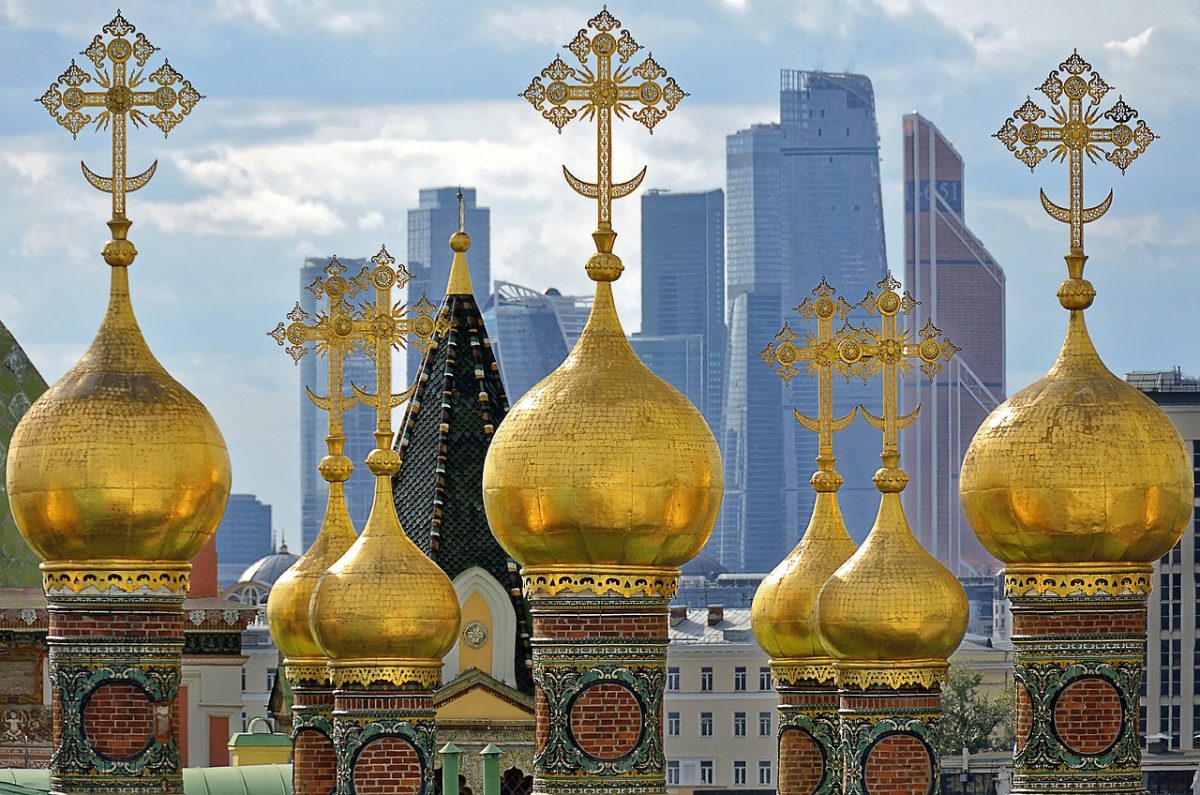
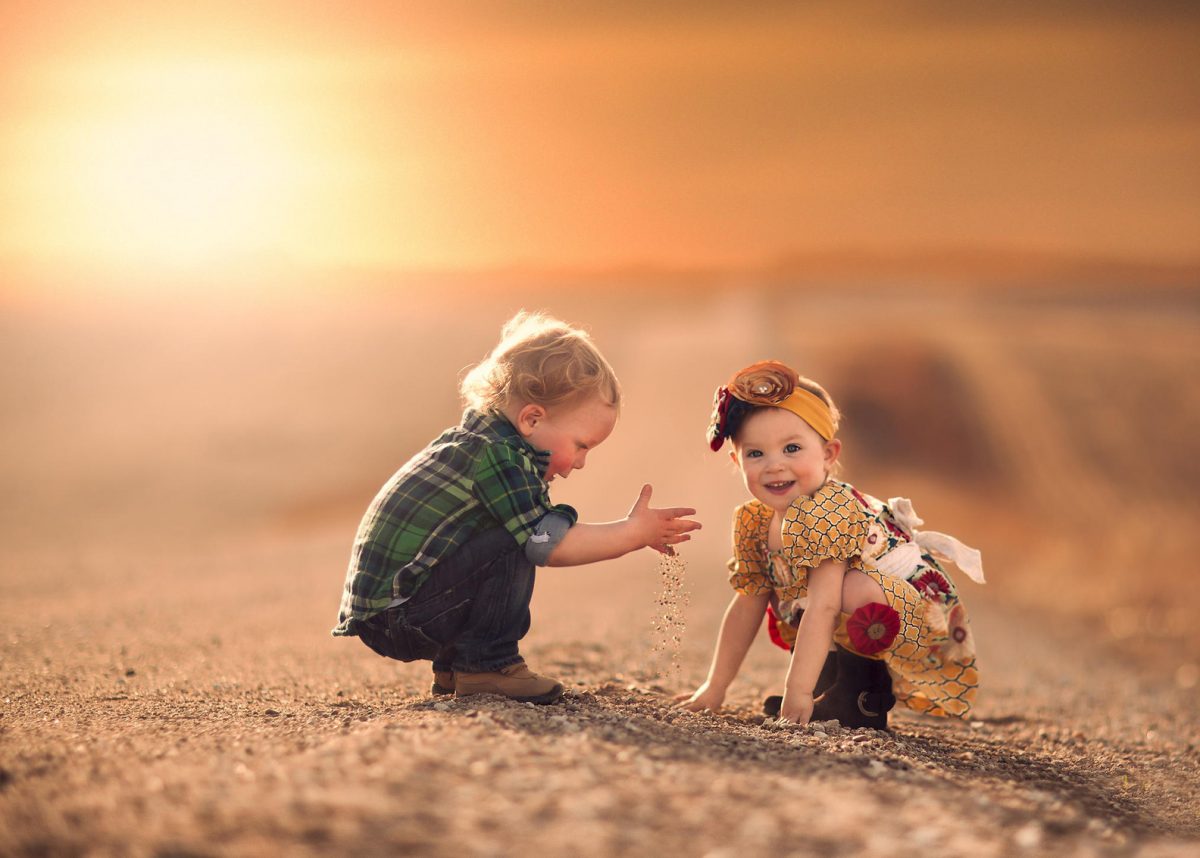
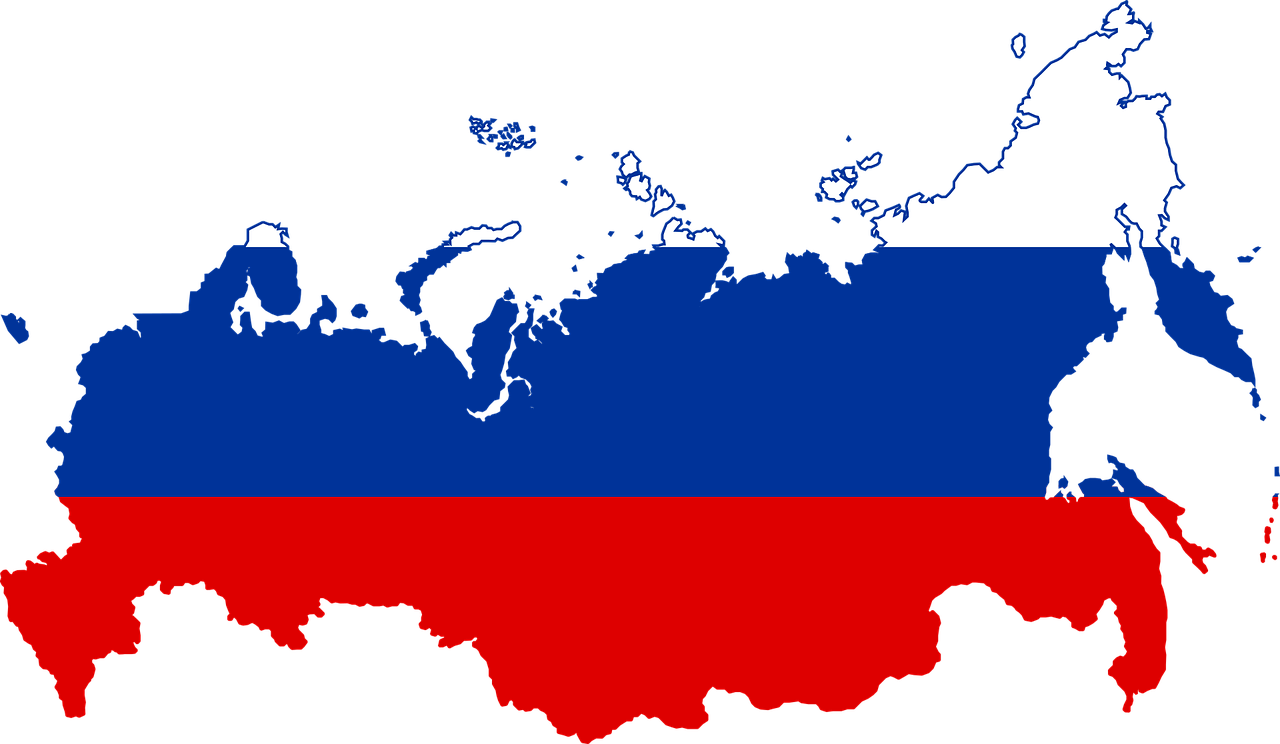
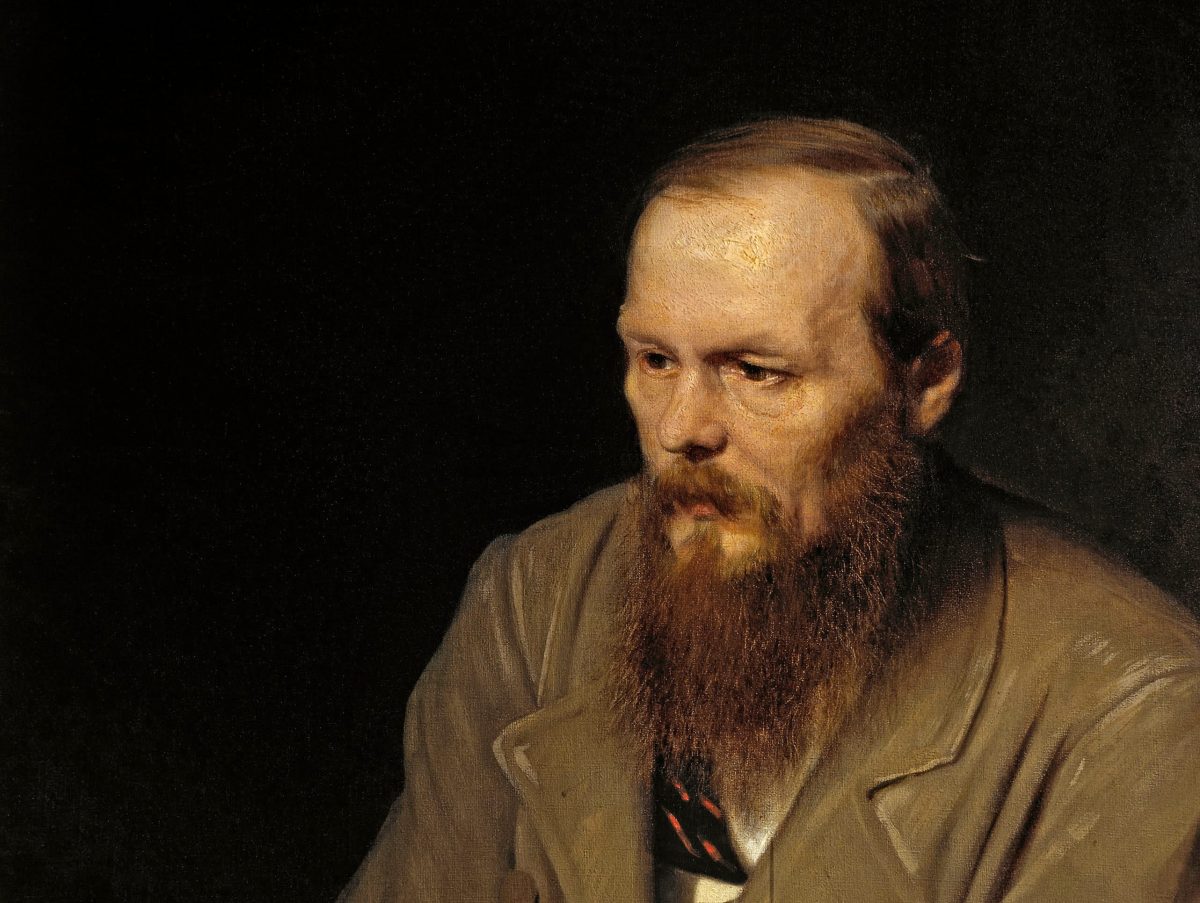
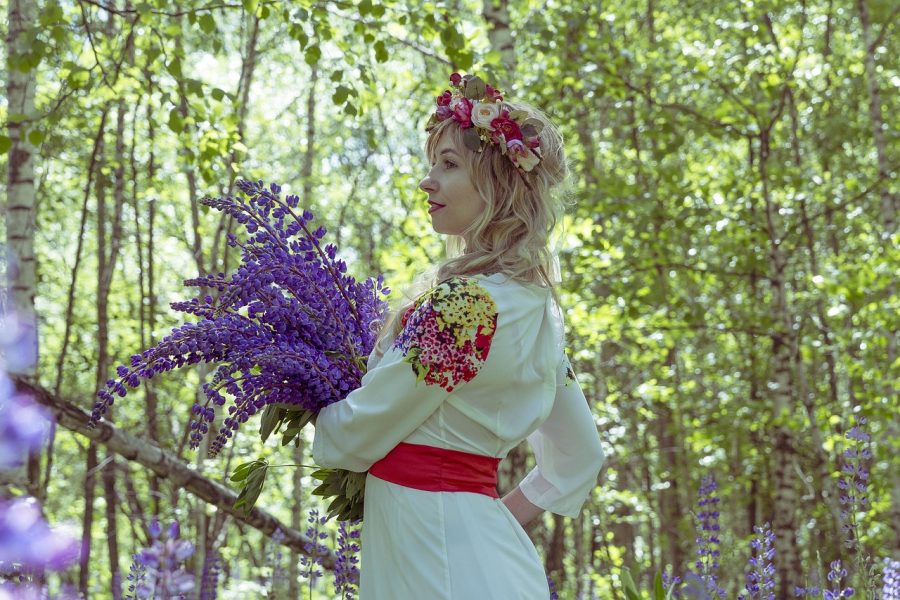
Thank you for your tips. We are probably heading back to Funchal today to explore some more :)